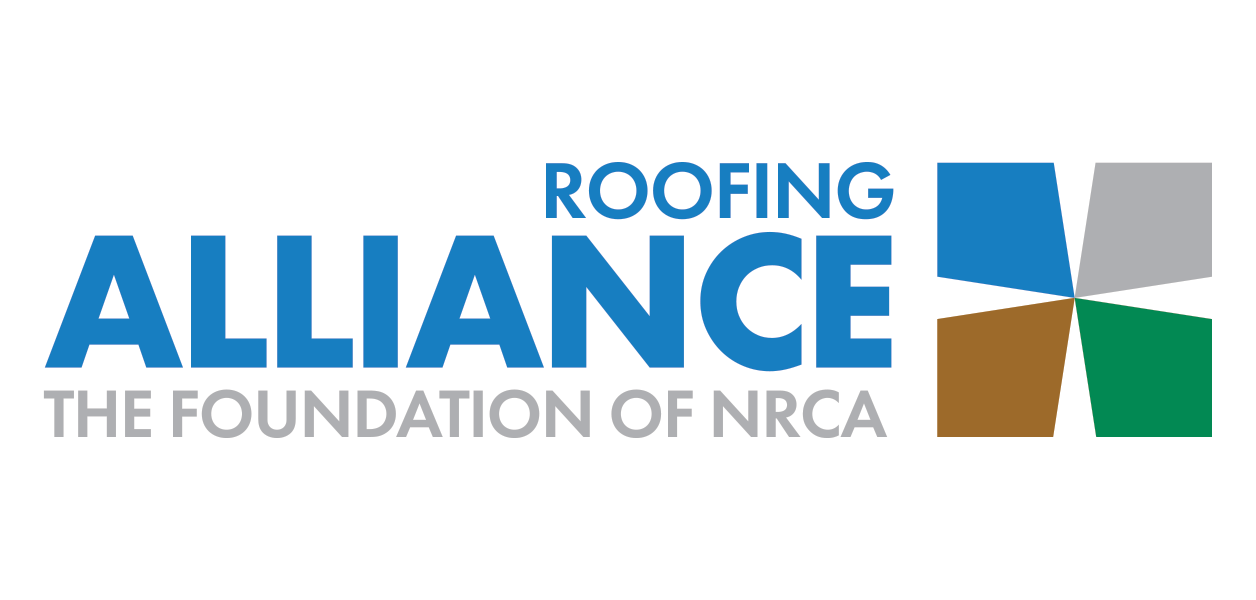Training is crucial in the construction industry, and it is important those being trained truly understand industry principles and how to apply them effectively.
ConstructioNext shares three strategies to help create a robust, modernized training program for your team.
- Use technology. Augmented and virtual reality can help companies adapt training to individual needs, such as using virtual reality to simulate high-risk environments, allowing workers to practice skills safely. A 2020 study by Price Waterhouse showed trainees retained more than 80% of the material through virtual reality training compared with much lower retention rates for traditional methods. Such training also reportedly can be completed more quickly and offer cost savings.
- Focus on quality over quantity. Extended periods of training can lead to cognitive overload and cause employees to disengage. It can be helpful to instead incorporate training modules that learners can complete at their own pace. Rather than looking at the time spent training, focus on real-world skill application to measure a program’s effectiveness. Microlearning modules, which break down complicated topics into smaller pieces, reportedly have improved the structure of training programs and help align training with workers’ strengths.
- Incorporate qualitative and quantitative success measures. Program success traditionally has been measured through tests, feedback forms and completion rates. However, continuous evaluation mechanisms, such as real-world simulations, can better measure practical application of skills. You can use peer feedback and mentor evaluations to gain insights regarding team dynamics and collaborative skill sets, as well as post-training interviews and long-term follow-ups to gauge retention and long-term effects of training.





